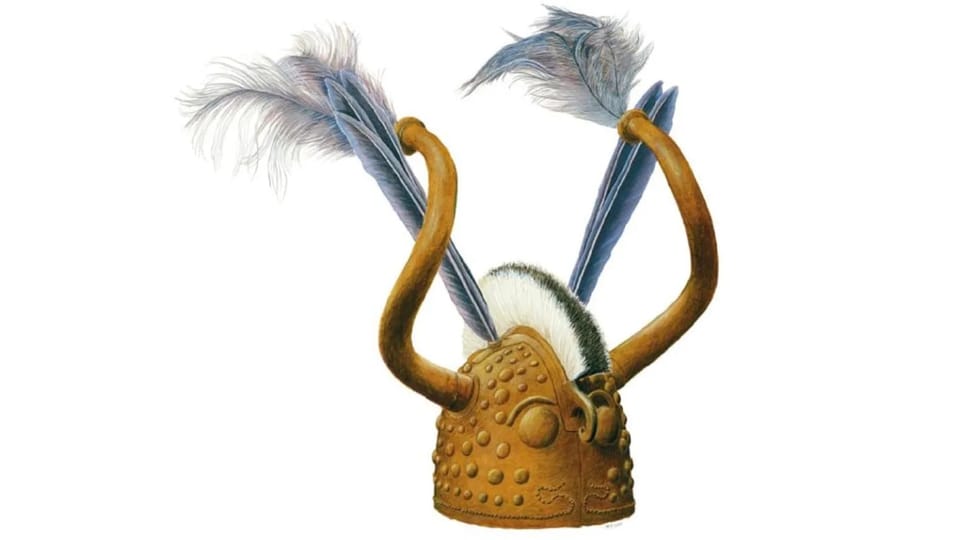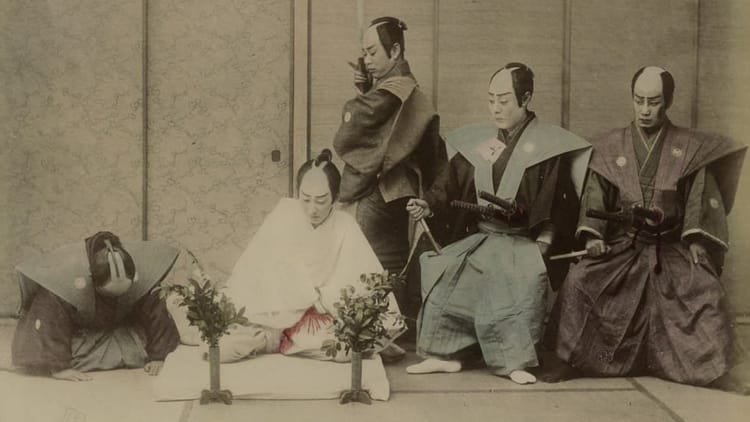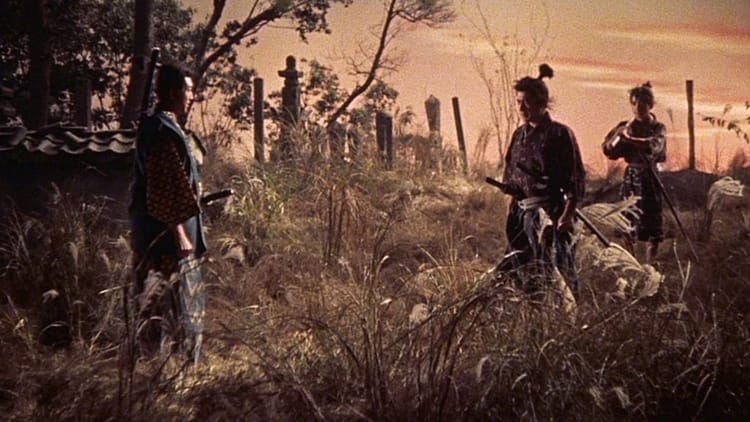The Truth Behind Viking Helmets Revealed!

The iconic Viking warrior, as we’ve come to know him, immortalized in metal and myth.
But, hold on to your horned hats, folks, because groundbreaking research out of Denmark’s Aarhus University, led by the one and only Helle Vandkilde, has just thrown us all for a loop.
Contrary to what we’ve been fed by pop culture, these horned helmets didn’t originate from some berserkers fever dream. No, no, no! These bad boys hail from a time long before the Viking era even began.
We’re talking about the Viksø helmets, discovered not in the heyday of Viking conquest, but in the Danish soil, dating back nearly 2,000 years before Ragnar Lothbrok picked up his first battle-axe.
The twist? These horned helmets aren’t even Nordic in origin. Nope! They’ve got their roots sunk deep in the Bronze Age, tracing back to the ancient Near East.
And get this, they’re old, like really, really old. Think 900 B.C.E. old! That’s right, these helmets predate the Viking age by centuries. We’re talking before Odin was a twinkle in a raven’s eye.
How do we know this? Well, it’s not just guesswork. Archaeologists, being the crafty sleuths they are, got their hands dirty and found traces of birch tar on one of those horns. Radiocarbon dating doesn’t lie.
Now, before you start picturing long-haired Nordic traders swapping helmets like Pokémon cards, let's talk about how these bad boys ended up in Scandinavia.
Turns out, it's all about the trade routes. See, back in the Bronze Age, Scandinavia wasn’t exactly the go-to spot for metal. So, they had to hustle. And hustle they did! The connection with southern Europe suggests a trade route along the Atlantic coast, skipping the overland route across the Alps like some ancient Amazon delivery.
But, like any good plot twist, not everyone’s buying it. Some archaeologists are giving this research the side-eye, pointing out the absence of horned helmets or any related artifacts in certain regions along the supposed trade route.
So, what’s the takeaway here? Well, besides blowing our minds with a plot twist even M. Night Shyamalan would envy, this discovery is shaking the very foundation of what we thought we knew about Viking culture.
It’s a reminder, folks, that history is a lot more complex than we give it credit for. These horned helmets aren’t just metal; they're a window into the intricate networks of trade and cultural exchange that crisscrossed the ancient world.
The Horned Helmets Falsely Attributed to Vikings Are Actually Nearly 3,000 Years Old





